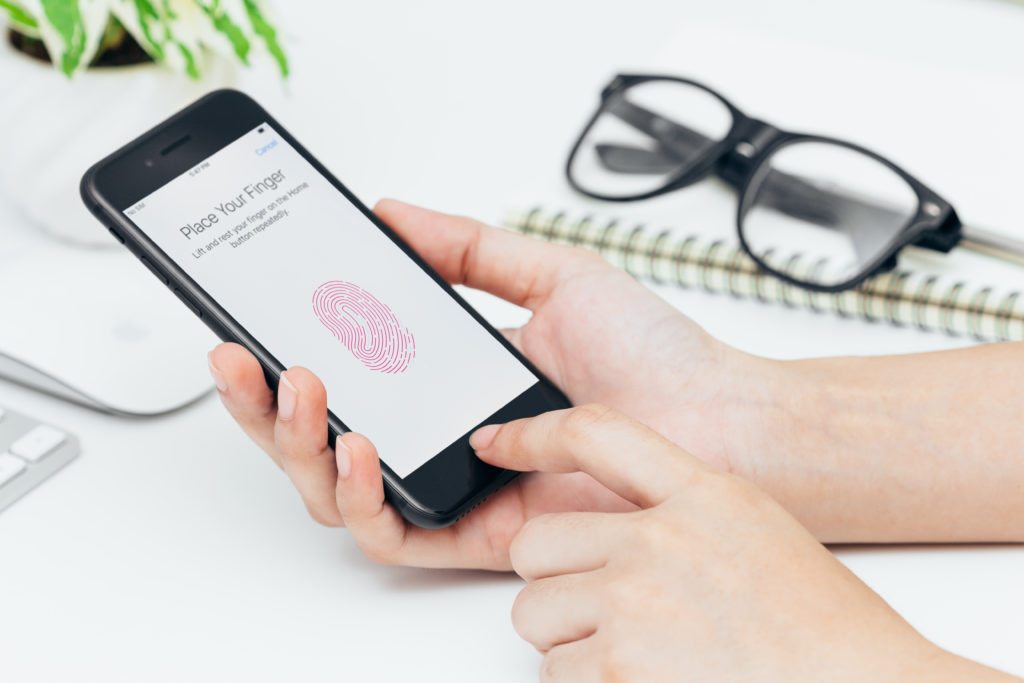Accessing Technology Devices in an Emergency: What You Need to Know

If you’re like most people today, your smartphone, tablet, or laptop is likely protected by multiple layers of security — from passcodes and fingerprint scans to facial recognition or even two-step verification.
That’s great for keeping your information safe, but it also creates a major challenge if something unexpected happens and someone else needs to access your devices.
Take my own household, for example. My spouse’s phone is protected by Face ID and a secure passcode. If something were to happen to him, I wouldn’t even know where to begin. Sure, I might have a few guesses about the passcode, but after a few failed attempts, the device would lock me out completely. And it’s not as simple as calling the phone or computer retailer — privacy regulations prevent them from unlocking or resetting a password for anyone other than the registered user.
Now, imagine what would be lost if that access were gone forever: thousands of irreplaceable photos, important correspondence, and critical digital records.
For many of us, nearly everything we need to manage our lives is stored within our technology devices. Some of the most vital information includes:
- Bill pay and subscription logins (credit cards, utilities, memberships, etc.)
- Online banking access and financial accounts
- Email and social media credentials
- Streaming and shopping accounts (such as Netflix, Apple, or Amazon)
- Contacts – both personal and professional
- Documents and contracts – business and personal
- Stored correspondence — emails, texts, messages, and records
And that’s just the beginning.
New Technology, New Barriers
Modern devices have introduced additional layers of protection that can make recovery even more difficult:
- Facial and fingerprint recognition mean access is often tied to a person’s unique biometrics — something no one else can replicate.
- Two-factor authentication (2FA) sends codes to the owner’s phone or email, which becomes impossible to access if the device is locked.
- Password managers now require their own master password or biometric verification, adding another level of separation.
- Cloud-based backups (like iCloud, Google Drive, or OneDrive) are often protected by their own credentials — and sometimes require multi-device confirmation to log in.
These are all excellent tools for privacy and security — but they can create serious complications in an emergency if no one else has the keys.
The Takeaway
While it’s reassuring to know your personal data is secure, it’s equally important to make sure someone you trust can access it if the unexpected happens. That’s where the My Life and Wishes Legacy Vault™ can make all the difference.
What makes it especially powerful is its Account Sharing feature. You can safely designate trusted individuals to have access to specific information, either immediately or only when a triggering event occurs. This ensures your loved ones or business partners have the access they need, without ever compromising your privacy or control.
Technology continues to evolve, and your emergency plan should evolve with it. Take a few minutes to ensure that the people who would need access in a crisis have a safe, legal, and secure way to obtain it.